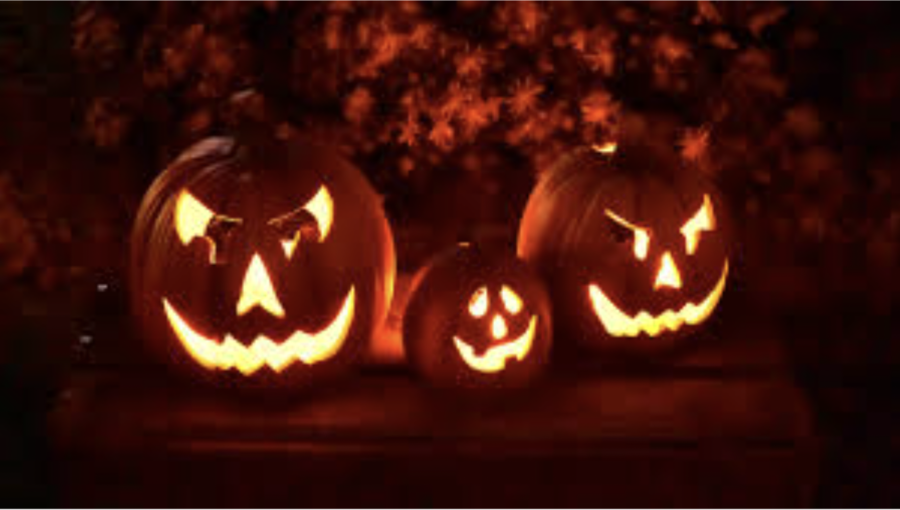Trick or treat: The culture behind Halloween
Lit up jack-o-lanterns.
It’s dark, children are running around in costumes, grabbing candy, and aweing at all the spooky lights and decorations.
Before kids ran around on October 31st, asking for candy, other, older civilizations had their own traditions to pay respects to the dead.
A similar example is the Spanish, with their el dia de Los Muertos, or Day of the Dead. A celebration intended to commemorate those who have passed.
The origins of Halloween began thousands of years ago, originating from a Celtic tradition known as Sahwen (pronounced soo-ween). When Christianity spread to the British Isles, Sahwen was Christianized, being transformed into a Christian holiday.
On May 13, 609, Pope Boniface IV set the day as “All Saints Day.” A day intended to honor the saints who were not represented with a day in their name.
In the eighth century, Pope Gregory XIII changed the day to “All Hallows Eve” and moved the date to the first of November, in an attempt to ease the assimilation of the Celtic peoples by moving the day closer to its original date.
In the 16th century, people would travel around asking for soul cakes otherwise known as “souling,” in return for prayers.
Like Christmas, before the day of the holiday, people would begin their festivities early, in preparation for the day after.
All Hallows Eve was designated on the night before All Hallows Day, October 31st. People fasted and prayed before the day of celebration on November 1st.
Later in the 19th century, the tradition of carrying a jack-o-lantern emerged. It arose from the Irish folk tale of a man named Stingy Jack. He was a con artist who tricked the devil into keeping him out of Hell, however, he wasn’t allowed to enter heaven. So he sat in eternal limbo carrying around a carved-out pumpkin with an ember from Hell to light up his face.
In the late 19th century, a movie was made in America to make Halloween more of a holiday that depicts communities and neighborhoods congregating together, rather than the witchcraft, ghosts, and pranks it is commonly associated with.
Prior to the early 20th century, Halloween was regarded as a day of vandalism and destruction.
During the Protestant reformation, Guy Fawkes attempted to assassinate King James I (who was a Catholic), in the event which had coined the name the Gunpowder Plot. He attempted to plant explosives under the House-of-Lords, nonetheless, he had been caught before he could initiate his plan.
Guy Fawkes was celebrated by Protestants as a man who stood up to the Catholic yoke and was regarded as a hero. Protestants began harassing Catholics around the time of All Hallows Day and they carried this tradition with them to the New World, however not necessarily directed at Catholics anymore.
In 1912, Elizabeth Krebs had grown long tired of the constant vandalizing of her property, so, in 1913, she decided to throw a party in hopes of exhausting the children who had been harassing her property and city.
The plan worked like a charm and other towns throughout America followed suit and initiated the idea of turning Halloween into a day intended for fun rather than pranks.
By the 1920s and 1930s Halloween had become a worldwide community holiday with parades and parties alike. Some schools have the day off after Halloween to recover from the celebration.
Costume parties are more of a convivial event for older people during Halloween than trick-or-treating, most notably in the United States.
People dress up in costumes, either funny, scary, etc. People dress up in whatever they choose and party through the night.
Throughout communities, cities, and neighborhoods, there have been many fun and amusing activities such as painting/carving pumpkins and putting lights and decorations up around houses.
Every year on October 31st, New York Village celebrates Halloween by having a parade with costumes, music, and even pageants.
The culture behind Halloween has transformed from a largely religious celebration meant to pay respects to the dead, to a generally exciting and fun holiday, across the world.
Your donation will support the student journalists of Highlands High School. Your contribution will allow us to cover our annual website hosting costs.



